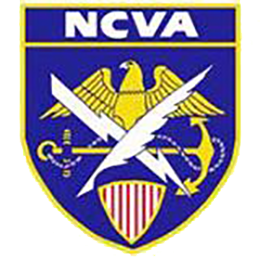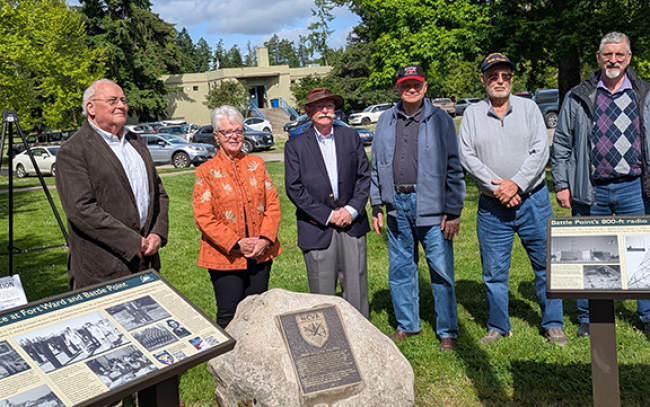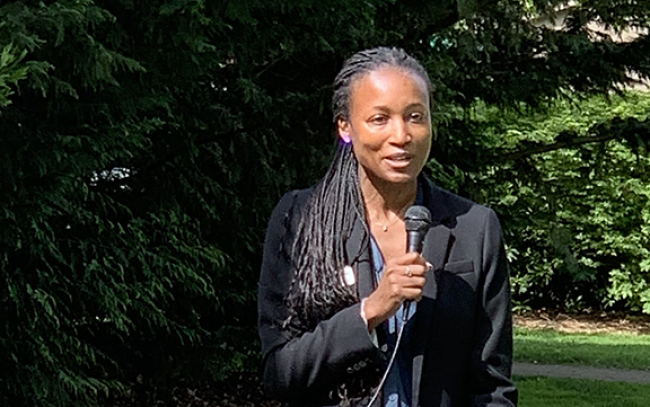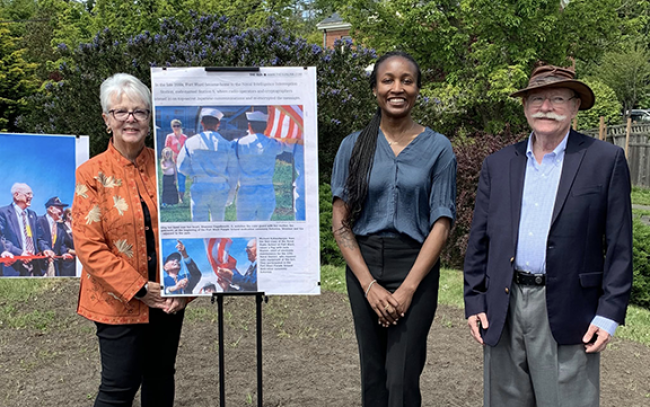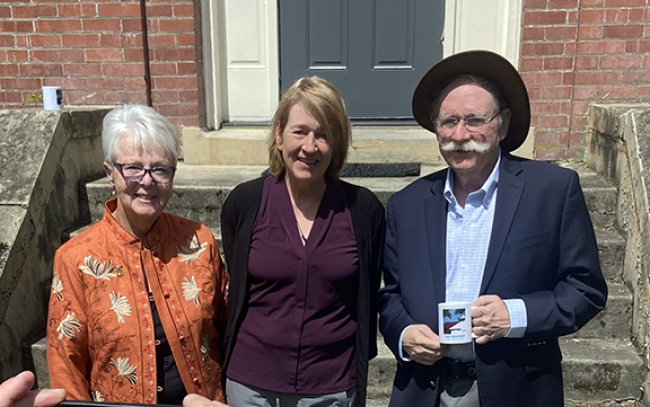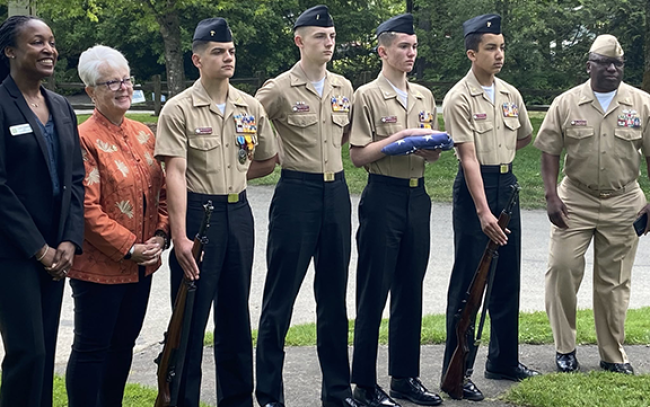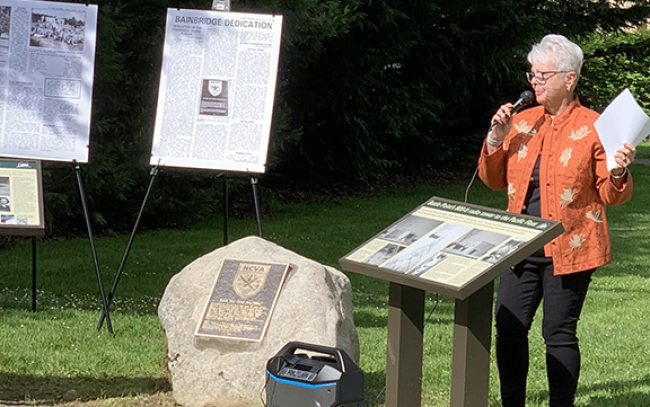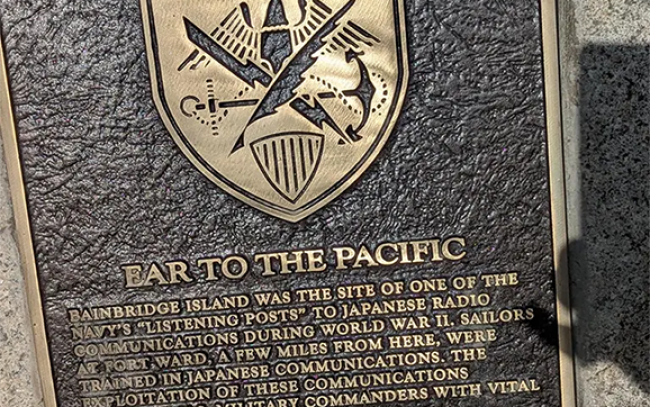The Ear To The Pacific
In September 1939, the U.S. Navy relocated a radio listening post from Fort Stevens, Oregon, to Fort Ward on Bainbridge Island in Kitsap County Washington, a few miles from Seattle in Puget Sound.
The command was first established as Communications Support Activity (COMSUPACT). In 1940, the command became Station S, Naval Security Group Activity tasked with copying and reporting on Japanese message traffic. After World War II, the command’s Cold War mission focused on Soviet Union and, later, North Korean communications traffic.
U.S. Navy “Code Girls”—Women Accepted for Volunteer Emergency Service (WAVES)—first arrived in 1944, working at Station S. The former Quartermaster building was converted to barracks to house the women. In January 1945, some Code Girls skilled in Japanese Kana code were transferred to other OP-20-G intercept stations.
HFDF
A significant assignment of the command was Radio Direction Finding (RDF) to locate and track ships. Station S operated in the West Coast High Frequency Direction Net as Net Control and Plotting Center, compiling its data with that of other RDF stations to keep track of Japanese ship locations. The data was provided to West Coast naval commands and the Chief of Naval Operations in Washington, D.C.
The command also oversaw the construction of the Navy’s largest radio transmitter at Battle Point, with an 800-foot tower—taller than the Seattle Space Needle, which was opened in 1962 for the World’s Fair.
Radio School
U.S. Naval School, Communications Technician (Supplementary Training) was established at Bainbridge Island, WA in October, 1951 and was closed in December, 1953, shortly after NSGA Bainbridge Island was decommissioned. Communications Technician training “A” school commenced in U.S. Naval School, Imperial Beach, CA, on October 1, 1949. When the school closed at Bainbridge Island only the Imperial Beach Communications Technician School remained open.
Closing
NSGA Bainbridge Island was closed down on March 15, 1953. Battle Point station was closed in 1971 and the land was turned over to the Bainbridge Park District. The federal government removed the five towers in 1972. The area is now Battle Point Park, and the former transmitter building has been converted into a 3,000-square-foot gymnastics center.
Naval Cryptologic Veterans Association
In June 1986, WWII radio veterans from the Naval Cryptologic Veterans Association worked with the Metro Parks and Recreation District to install a commemorative bronze plaque, at the base of Battle Point Park’s new flagpole, honoring the Navy’s radio and code work at Battle Point and Fort Ward during the war. Battle Point was probably picked for its proximity to the former Transmitter Building, Helix Building, etc., and because there was then no prominent park space (like today’s Parade Ground park or Fort Ward Community Hall) available.
When the Fort Ward Parade Ground park was dedicated in 2002, a unique bronze plaque honoring the Navy veterans here was installed. Sometime later, the original NCVA plaque was purloined or lost.
On 23 May, 2025, the U.S. NCVA had the honor of dedicating a new plaque in honor of the men and women of Station S on Bainbridge Island, WA. The local community has a longstanding history of ensuring the work of the men of the OTRG and a small cadre of women will be forever remembered for their contributions during WWII. While a significant amount of the original property has been absorbed by the community, there remains a concerted effort to make sure there are designated areas set aside in honor of our first Cryptologists.
